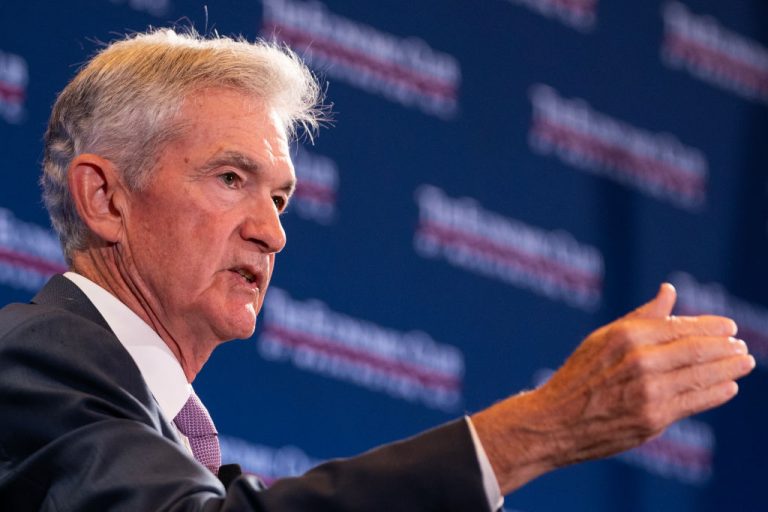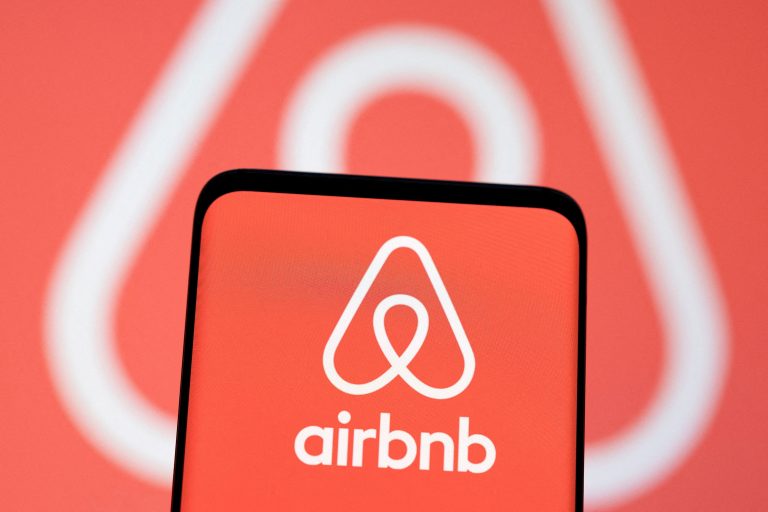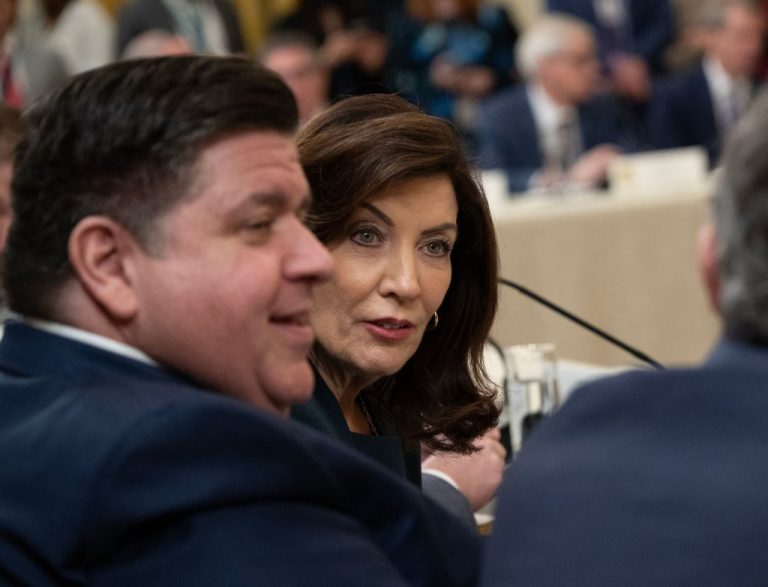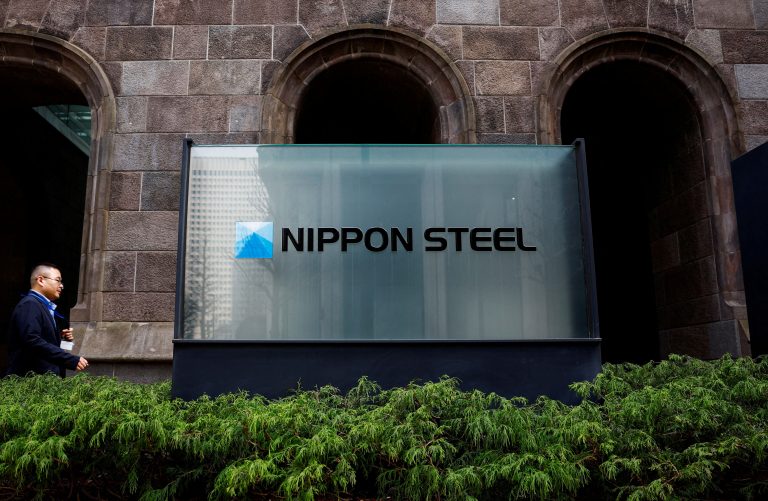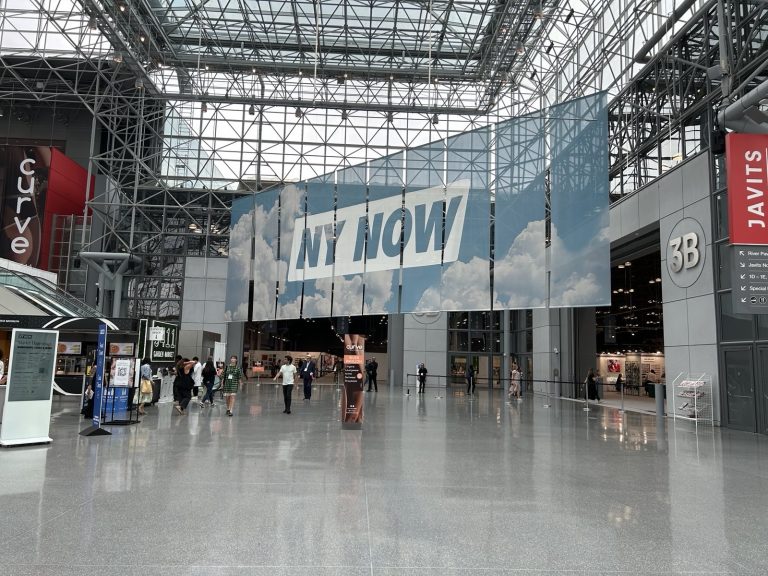According to recent comments by Federal Reserve chair Jerome Powell, key U.S. inflation readings measured over the second quarter of this year appear to indicate that inflation is cooling and returning to normal levels prompting talk of a possible interest rate cut in the near future.
Speaking at an event at the Economic Club of Washington on Monday, July 15, Powell said, “In the second quarter, actually, we did make some more progress. We’ve had three better readings, and if you average them, that’s a pretty good place.”
He continued, “What we’ve said is that we didn’t think it would be appropriate to begin to loosen policy until we had greater confidence,” that inflation was returning to around two percent and that “we’ve been waiting on that. And I would say that we didn’t gain any additional confidence in the first quarter, but the three readings in the second quarter, including the one from last week, do add somewhat to confidence.”
Last month, the Labor Department reported that the Consumer Price Index fell in June, the first month-to-month decline in four years and economists now estimate that upcoming reporting will indicate that inflation has slowed and yearly price increases have eased closer to the two percent mark.
This will most likely be the last remarks made by Powell until his press conference following the Fed’s meeting at the end of this month, however Fed governors Christopher Waller and Adriana Kugler and other top Fed officials are scheduled to speak this week, and may comment further on the central bank’s thinking.
READ MORE:
- Proposed Regulations Capping Overdraft and Late Fees Will Drive Up Costs for Customers, JPMorgan Says
- Top Chinese Generals Expelled From Communist Party in Sign of Greater Purges
- US Supreme Court Rules Presidents Have ‘Some Immunity’ From Criminal Prosecution
Is an interest rate cut imminent?
Success
You are now signed up for our newsletter
Success
Check your email to complete sign up
Powell’s comments however have sparked talk about a possible interest rate cut.
“Given what policymakers believe to be an increasingly balanced set of risks, they may well use their final comments ahead of this month’s meeting to either flag that rate cuts are imminent or explain why recent data still doesn’t warrant a turn to easier monetary policy,” Reuters reported.
Investors are speculating and are anticipating that the Fed will start cutting interest rates in September and comments from Powell appear to support this idea.
On Monday, Powell indicated that the Fed would not wait until inflation dropped to around two percent before implementing a rate cut.
“The implication of that is that if you wait until inflation gets all the way down to 2 percent, you’ve probably waited too long, because the tightening that you’re doing, or the level of tightness that you have, is still having effects which will probably drive inflation below two percent,” Powell said.
Starting in 2022 the Fed began to hike interest rates in an attempt to reign in historic levels of inflation, the worst outbreak of inflation since the 1980s.
Currently the benchmark policy rate remains unchanged since last July in a range of 5.25-to-5.50 percent.
READ MORE:
- Russia and India Deepen Cooperation During PM Modi’s Moscow Visit
- US Job Market, Wage Growth Slows; Unemployment Rate Rises to 4.1 Percent
- Economic Woes Drive Chinese Investors to Foreign Markets Amid Mass Exodus
Inflation easing
At a July 9 hearing, Republican Senator Steve Daines tabled a list of inflation complaints, including that cereal prices had spiked more than 25 percent under the Biden administration.
While this is true, it is also true that over the past 12 months the price of cereal has stayed relatively the same and overall food prices have followed the same trend.
From 2021 through 2023, food prices rose a punishing 20 percent on average, however have stayed relatively stable over the past year indicating this round of accelerated inflation is coming to an end.
Prices for used cars have also dropped after experiencing a spike over the pandemic years.
Prices for used vehicles have fallen around 16 percent since Feb. 2022 and prices for new cars are edging lower as well.
“After gummed-up computer chip and other supply chain problems caused goods prices to surge beginning in mid-2020 – when COVID lockdowns and fiscal transfers led to blowout spending on tangible stuff since services like dining out and travel weren’t accessible – prices for goods are now behaving about how they did before the pandemic, staying roughly stable or even falling a bit,” Reuters reported.
Similar trends are being seen in other major markets including in Canada and Europe.
In June, Canada cut its key interest rate to 4.75 percent and, since inflation appears to be cooling, another rate cut is expected later this month and may be announced as soon as July 16.
Inflation is also easing in Europe where grocery inflation slowed to 1.6 percent in the four weeks to July 7 from a high of 2.1 percent in the previous month.



